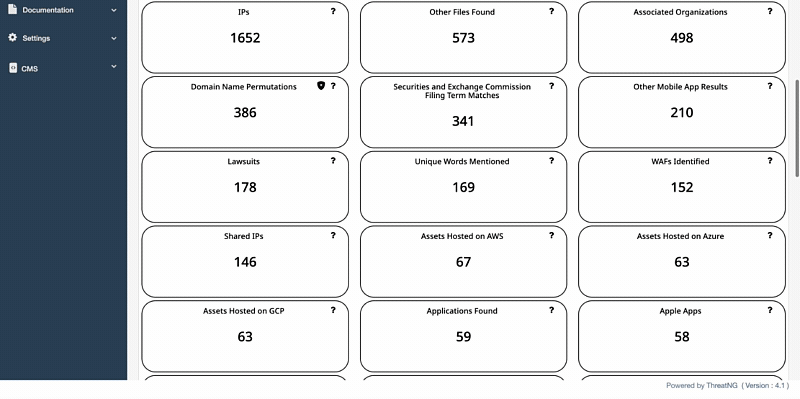No WAF Detection
No WAF Detection refers to identifying websites or web applications not protected by a Web Application Firewall (WAF). It can be determined through various methods:
Active Scanning: Tools or scripts send specific probes and analyze the responses to a website. If a WAF is present, it will typically modify or block specific requests, leaving recognizable fingerprints. The absence of such fingerprints suggests no WAF is in place.
Passive Scanning: This involves analyzing the regular traffic and responses of a website without actively probing it. Specific characteristics of the HTTP headers or error messages may indicate the presence or absence of a WAF.
Manual Inspection: Security experts can manually review a website's behavior and responses to specific inputs to determine if a WAF is actively protecting it.
Importance of No WAF Detection:
Identifying websites without WAF protection is crucial for several reasons:
Security Risk Assessment: Websites without WAFs are generally more vulnerable to web attacks such as SQL injection, cross-site scripting (XSS), and other common threats. No WAF detection helps prioritize security assessments and remediation efforts.
Penetration Testing: Pentesters can use no WAF detection to identify easier targets during security assessments, as the absence of a WAF may indicate lower security overall.
Attacker Reconnaissance: Malicious actors may also use no WAF detection to identify vulnerable targets for exploitation.
ThreatNG's No WAF Detection capability is crucial in helping organizations, third parties, and their supply chain manage their external attack surface. Here's how:
How ThreatNG Helps with No WAF Detection:
Passive Web Application Firewall Discovery: ThreatNG's Domain Intelligence module continuously scans and analyzes domains and subdomains for signs of a WAF. The absence of such signs indicates a potential "No WAF" situation.
Comprehensive Attack Surface Mapping: ThreatNG examines primary domains, subdomains, exposed APIs, and applications. This thorough approach ensures that even hidden or forgotten web assets are checked for WAF protection.
Prioritization and Risk Assessment: Once assets without WAF protection are identified, ThreatNG can help prioritize them based on known vulnerabilities, business criticality, or exposure to sensitive data.
Complementing Other Solutions:
Vulnerability Scanners: ThreatNG can feed No WAF Detection findings into vulnerability scanners to prioritize assets for deeper scanning. It ensures that the most vulnerable assets (those without WAF protection) are addressed first.
Penetration Testing: No WAF Detection results can be shared with penetration testing teams, allowing them to focus their efforts on assets most likely to yield vulnerabilities due to the lack of a WAF.
Security Information and Event Management (SIEM): Integrations with SIEM systems can trigger alerts or raise risk scores for assets without WAF, ensuring that security teams are promptly notified.
Examples of Handoff:
Vulnerability Scanning: ThreatNG identifies a critical web application without WAF protection. This information is passed to the vulnerability scanner, which prioritizes a deep scan of this application to identify and remediate vulnerabilities before attackers exploit them.
Security Incident Response: During an incident response investigation, ThreatNG's findings on a lack of WAF protection on a specific subdomain can help the security team understand the root cause of a breach and take appropriate action.
Third-Party Risk Management: ThreatNG's No WAF Detection report for a third-party vendor can prompt the organization to initiate discussions with the vendor about enhancing its security measures.
Supply Chain Security: If a supplier's website lacks WAF protection, this information can be shared with the supplier, enabling them to take immediate action to protect their assets and, indirectly, the organization's supply chain.
By identifying assets that lack WAF protection, ThreatNG helps organizations proactively address vulnerabilities and strengthen their overall security posture.


